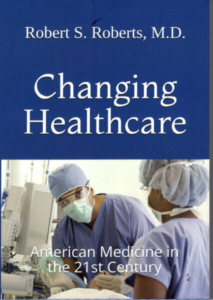School choice has been shown to do many things. It gives parents a choice in where they send their children to school. It allows poor children to attend better schools they normally couldn’t afford. It gives children with great potential the education to realize that potential. It gives many minority children living in poverty the chance to escape that poverty and realize the American Dream. It has been shown repeatedly to improve test scores.
The Wall Street Journal editorial board reports several studies have found that school choice also reduces arrests and that private-school students experience less bullying. This is attributed to stricter discipline in those schools compared to public schools. School choice programs also allow parents to pull their kids out of public schools if they are struggling and send them to schools that are safer or a better cultural fit.
And now comes a study in the journal School Effectiveness and School Improvement that examined the link between school choice and mental health. The Cato Institute’s Corey DeAngelis and Western Carolina University economist Angela Dills analyzed the correlation between adolescent suicide rates and the enactment of private-school voucher and charter programs over the last several decades.
Their study found states that enacted charter school laws witnessed a 10% decrease in suicide rates among 15-to-19 year-olds. Private school voucher laws were also associated with fewer suicides, though the change was not statistically significant. The effect is believed to be larger if more students received vouchers.
WSJ says the researchers also looked for any correlation between students who attended private school as teenagers and their mental health as adults. After controlling for socioeconomic factors, individuals who attended private schools were two percentage points less likely to report a mental health condition when they were about 30 years old.
This means school choice is saving lives. With lower suicide rates in teenagers and improved mental health even into the third decade, these studies strengthen the argument for school choice in all states.
Dills explains, “It’s likely that private schools face stronger competition pressures to provide a safer school environment and improve mental health if they want to remain open. Public schools, on the other hand, are more likely to be burdened with government regulations that make it difficult for them to control discipline policy and create strong school cultures.”
The Covid pandemic, with closure of many public schools, has exacerbated this problem. But even before the pandemic, mental illness represented a growing problem among young adults. Between 2007 and 2015, suicide rates doubled for females age 15 to 19 and increased by 30% for males. Suicide is the second leading cause of death for young adults. Four times as many children ages five to 17 commit suicide in a typical year than have died of Covid-19.
The obvious solution to this growing problem is to promote school choice – and reopen the schools. Based on this data, Covid-19 is far less of a threat to children than suicide.

